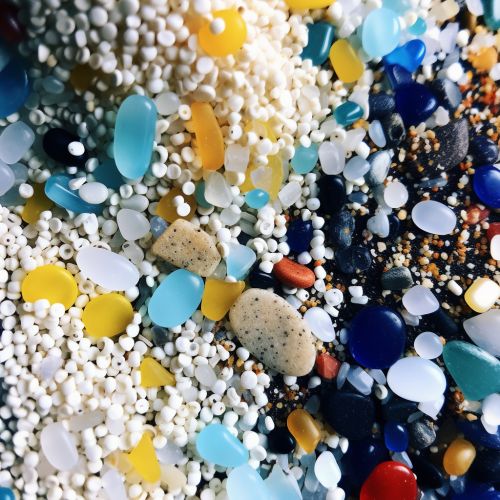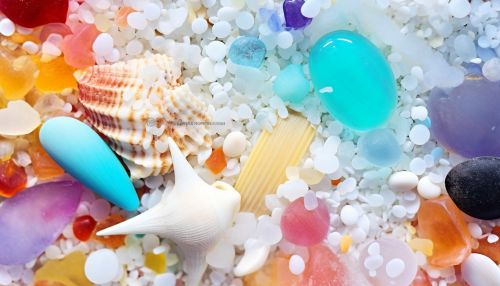The Impact of Microplastics on Marine Ecosystems
Introduction
Microplastics are small particles of plastic, less than 5mm in diameter, that have become a significant environmental concern due to their impact on marine ecosystems. They originate from a variety of sources, including the degradation of larger plastic debris, microbeads in personal care products, and synthetic fibers from clothing. These particles can be ingested by marine organisms, leading to physical harm and the potential for toxic effects.


Sources of Microplastics
Microplastics can be categorized into two types: primary and secondary. Primary microplastics are intentionally manufactured to be small in size for use in products such as cosmetics, industrial scrubbers, and air blasting technology. Secondary microplastics, on the other hand, are the result of larger plastic items breaking down into smaller pieces due to environmental factors such as sunlight, wind, and wave action.
Impact on Marine Organisms
Microplastics pose a threat to marine organisms at all levels of the food chain. Plankton, the smallest organisms in the ocean, can ingest microplastics, which then accumulate in their bodies. This can lead to physical harm, such as blockages in their digestive systems, and potential toxic effects as chemicals from the plastics leach into their bodies. Larger organisms, such as fish and birds, can ingest microplastics directly or indirectly by consuming prey that has ingested microplastics.
Impact on Human Health
The potential impact of microplastics on human health is still largely unknown. However, there is concern that humans may be exposed to microplastics through the consumption of seafood and other marine products. Microplastics have been found in a variety of seafood, including fish, shellfish, and sea salt. In addition, microplastics can absorb and concentrate harmful chemicals from the environment, which may then be transferred to humans upon ingestion.
Mitigation and Prevention
Efforts to mitigate and prevent the impact of microplastics on marine ecosystems involve a combination of strategies, including reducing plastic production and consumption, improving waste management systems, and conducting further research to better understand the extent and impact of microplastics in the environment. There is also a growing interest in the development of biodegradable plastics as a potential solution to the microplastic problem.
